Hand-eye Coordination Letter Recognition Worksheets for Ages 3-4
9 filtered results
-
From - To
Enhance your child's learning journey with our Hand-eye Coordination Letter Recognition Worksheets for ages 3-4! These engaging activities are designed to develop vital skills in young learners, promoting not only letter recognition but also improving motor skills through playful exercises. Each worksheet combines fun with education, encouraging kids to trace, match, and color letters while refining their hand-eye coordination. Perfect for preschool and early education, our printable resources make learning interactive and enjoyable. Get started today and watch your little one grow in confidence as they master the alphabet while playing! Download now and inspire a love for learning!
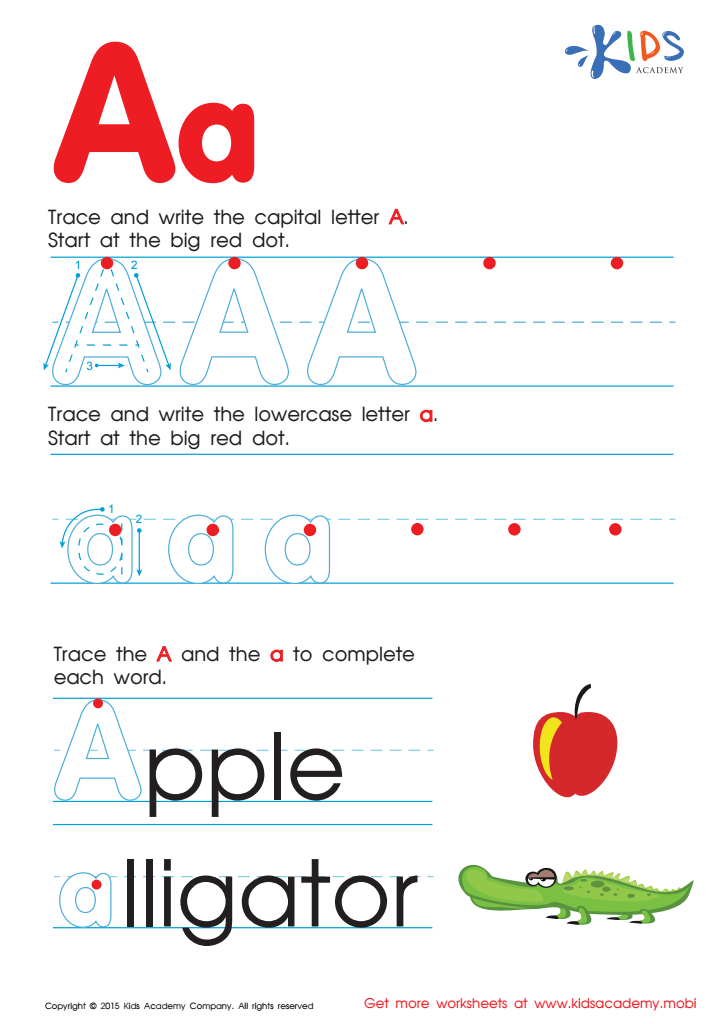

Letter A Tracing Page
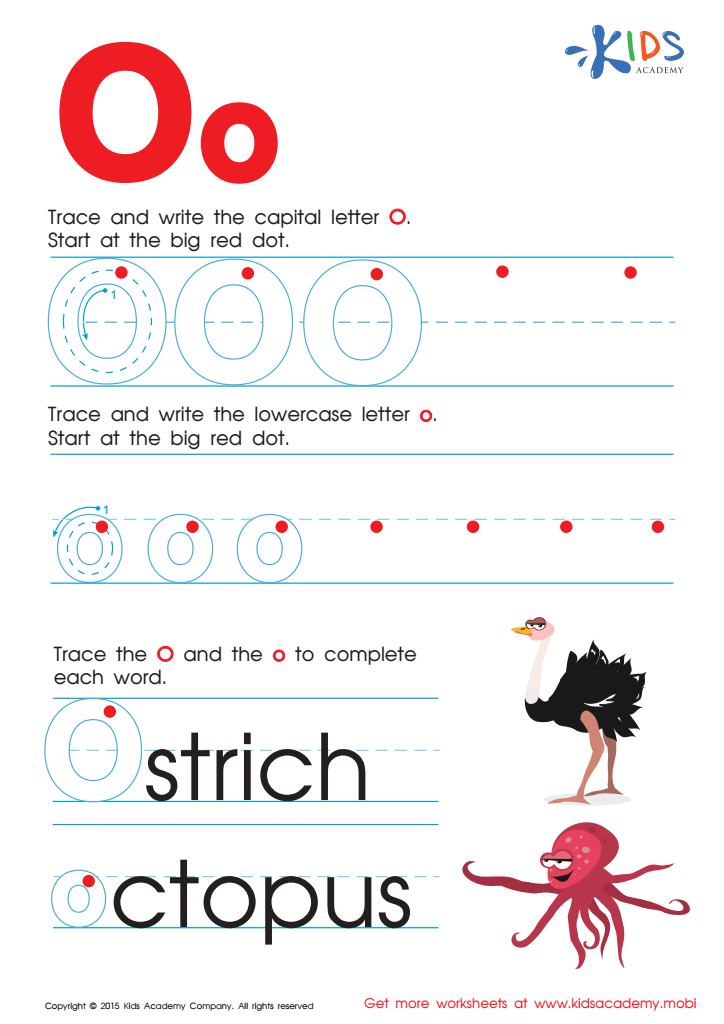

Letter O Tracing Page
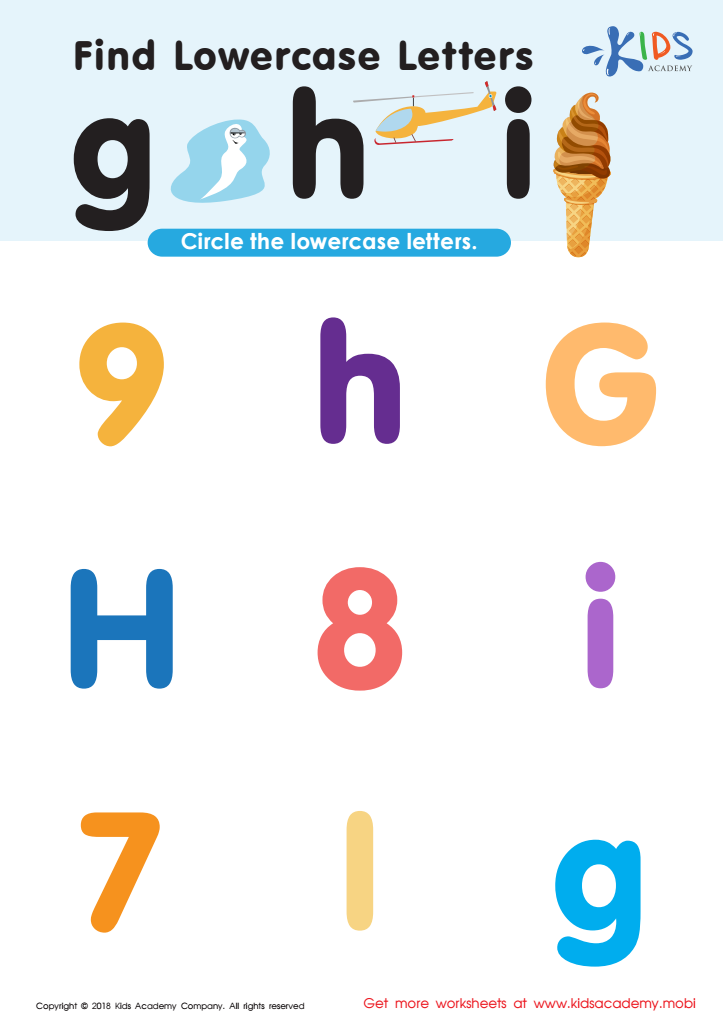

Find Lowercase Letters g h i Worksheet


Letter P Tracing Page


Letter T Coloring Sheet


Letter H Tracing Page
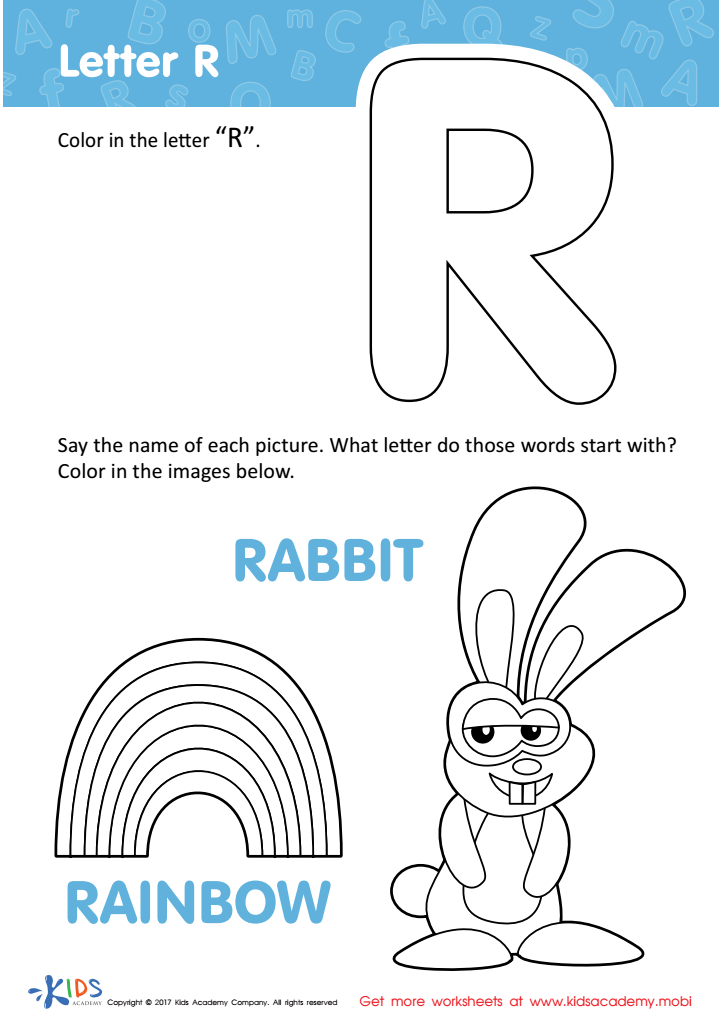

Letter R Coloring Sheet
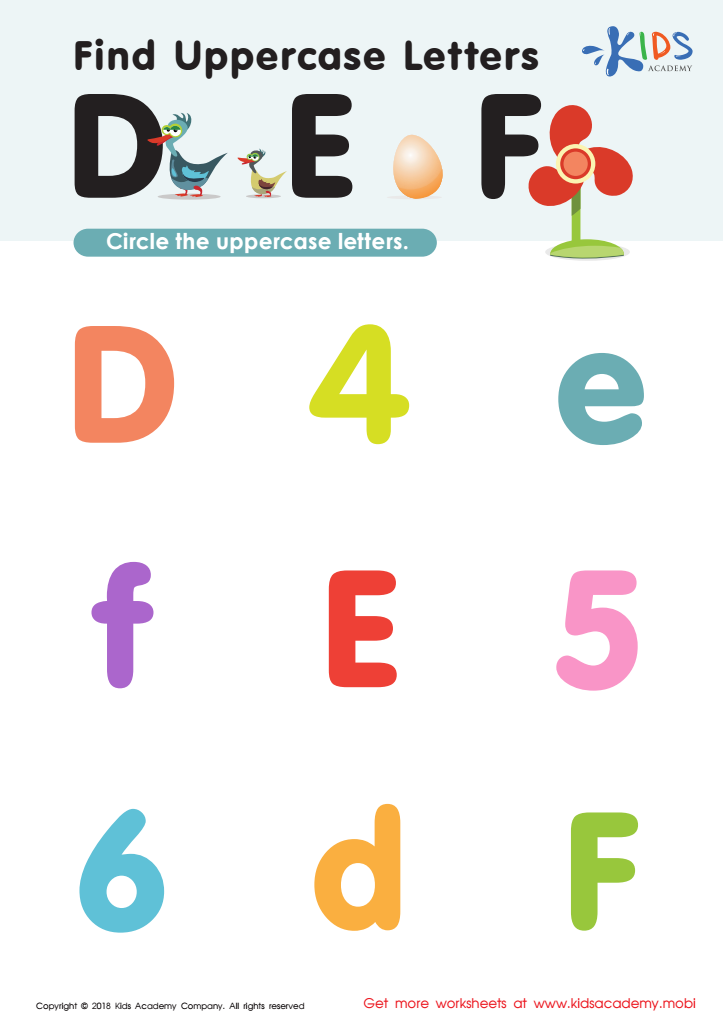

Find Uppercase Letters D, E, and F Worksheet


Letter D Tracing Page
Hand-eye coordination and letter recognition are crucial foundational skills for children aged 3-4, setting the stage for their future learning. Parents and teachers should prioritize these skills as they significantly impact overall development.
Hand-eye coordination involves the ability to sync visual input with physical movement, playing a key role in everyday tasks such as writing, drawing, and even reading. By nurturing this skill early, children are better equipped to engage in activities that require precise actions, promoting confidence and independence.
Letter recognition, on the other hand, is vital for literacy development. At this age, children begin to recognize letters, which are the building blocks of reading and writing. Familiarity with letters enables them to decode words, an essential skill for academic success. This recognition supports language development and enhances vocabulary, allowing children to express themselves more effectively.
When parents and teachers emphasize these skills, they not only foster cognitive development but also enhance fine motor skills and foster a love for learning. Early intervention and activities aimed at improving hand-eye coordination and letter recognition can lead to improved academic outcomes and a smoother transition into formal schooling, ultimately benefitting the child's overall educational journey.

 Assign to My Students
Assign to My Students

















